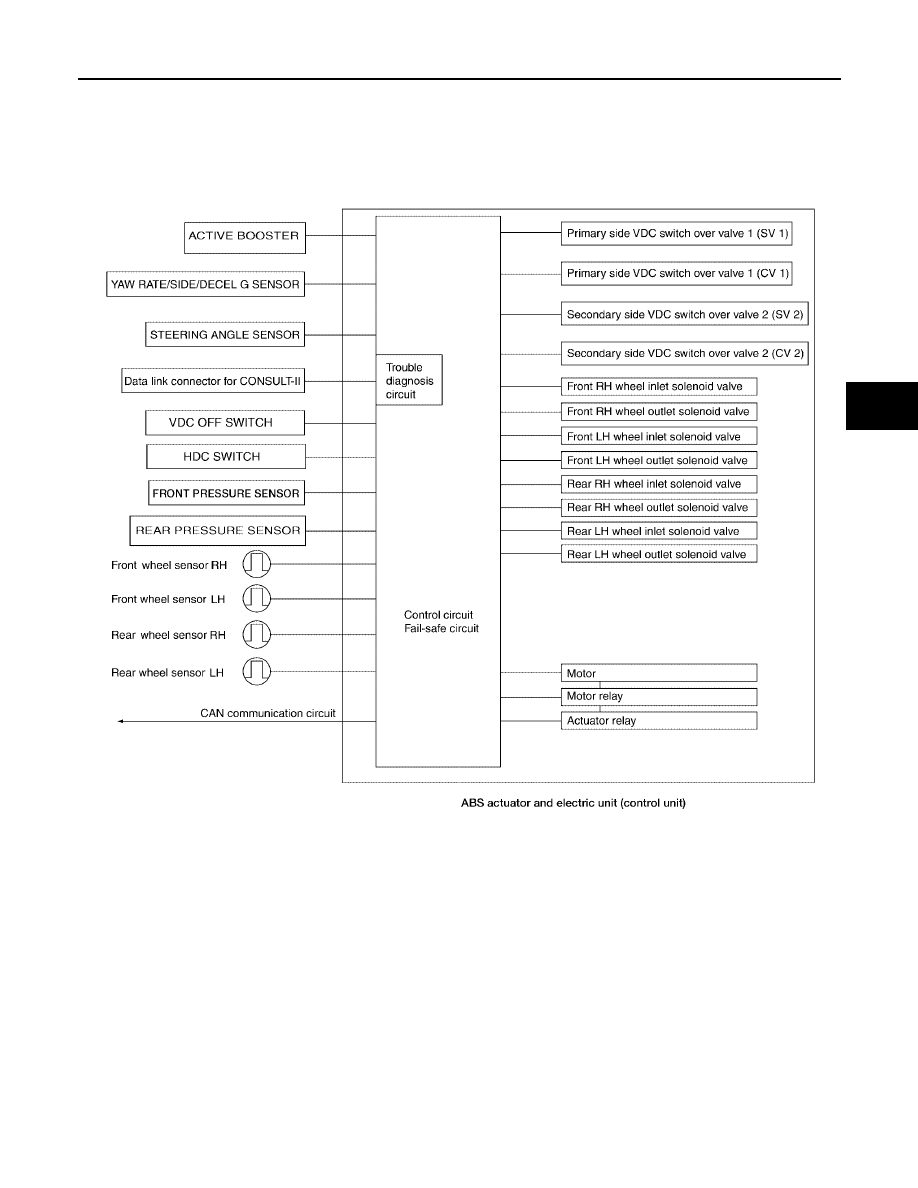Nissan Pathfinder (2005 year). Manual - part 124

SYSTEM DESCRIPTION
BRC-69
[HDC/HSA/VDC/TCS/ABS]
C
D
E
G
H
I
J
K
L
M
A
B
BRC
2005 Pathfinder
SYSTEM DESCRIPTION
PFP:00000
System Components
EFS005AC
WFIA0347E
|
|
|

SYSTEM DESCRIPTION BRC-69 [HDC/HSA/VDC/TCS/ABS] C D E G H I J K L M A B BRC
2005 Pathfinder SYSTEM DESCRIPTION PFP:00000 System Components EFS005AC WFIA0347E |